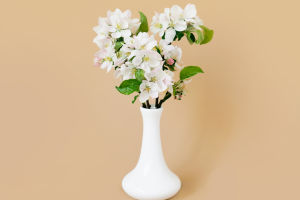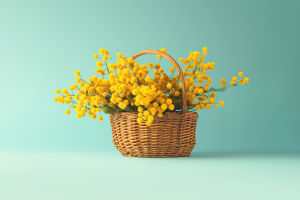Lykkers, have you ever wondered why tulips captivate so many hearts? With their vibrant colors and elegant shapes, they truly are nature's artwork, don't you think?
Tulips have a rich history that stretches back centuries, originating from Central Asia and making their way to Europe in the 16th century. These flowers are not just beautiful; they symbolize love and rebirth, making them a favorite for gardens and bouquets alike.
Origin and History
Tulips are believed to have originated in the mountainous regions of Central Asia. They gained popularity in the Ottoman Empire, where they were cultivated for their stunning blooms and vibrant colors. In the 17th century, tulips made their way to the Netherlands, leading to a phenomenon known as "tulip mania," where prices skyrocketed, and tulips became a symbol of wealth and status.
This unique history adds a layer of intrigue to these flowers, making them not only beautiful but also deeply significant in human culture.
A closer look at the many types of tulips
Video by KARE 11
Varieties of Tulips
Tulips come in a dazzling array of shapes, sizes, and colors, each variety boasting its unique charm. From the classic Darwin hybrids known for their hardiness and large blooms to the delicate fringed tulips with their ruffled edges, there's a type for every garden.
Additionally, parrot tulips are famed for their feather-like petals, while triumph tulips offer a perfect balance between beauty and durability. With over 3,000 different varieties to choose from, gardeners can create stunning displays that bloom from early spring to late spring, bringing color to any landscape.
Growing Tips
Growing tulips is a rewarding experience that can brighten up any garden.
They thrive in well-drained soil and prefer a sunny location, so choose a spot that gets plenty of sunlight.
Plant tulip bulbs in the fall, about 6-8 inches deep, to ensure a strong root system before winter. Water them thoroughly after planting, but be careful not to overwater, as this can lead to rot. Once they bloom, regular deadheading helps prolong their flowering period and keeps your garden looking neat.
With proper care, these gorgeous flowers can return year after year, creating a stunning spring display.
Symbolism and Culture
Tulips carry rich symbolism, often representing love, passion, and rebirth.
Different colors convey various meanings; for instance, red tulips symbolize true love, while yellow tulips represent cheerfulness and friendship.
In many cultures, tulips have been celebrated in art and literature, inspiring countless poets and artists. The annual Keukenhof Flower Garden in the Netherlands showcases millions of tulips, attracting visitors from around the globe to witness this breathtaking display.
Tulips have woven their way into the fabric of celebrations and expressions of affection, making them more than just flowers—they're a heartfelt message.
Creative Uses
Beyond their beauty in gardens, tulips can be creatively incorporated into various aspects of life. From stunning floral arrangements for special occasions to unique wedding bouquets, their versatility shines. Tulip petals are also edible and can be used to enhance salads or as colorful garnishes.
Additionally, tulips can inspire creativity in art and photography, serving as muses for budding artists. Creating DIY crafts using dried tulip petals can add a personal touch to home decor.
These uses highlight the multifaceted nature of tulips, showcasing their beauty in more than just the garden.
Tulips are more than just beautiful blooms; they represent a rich history and a myriad of meanings. With their vibrant colors and endless varieties, they can bring joy to any space, making every garden a canvas of nature's artistry.


